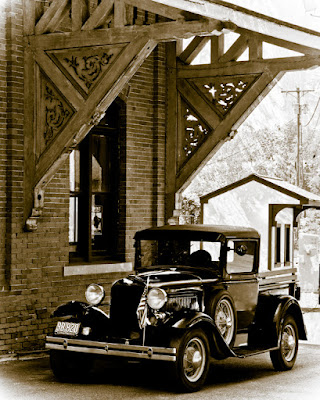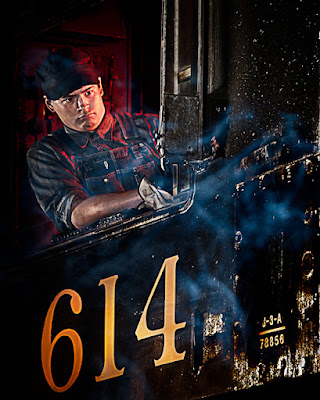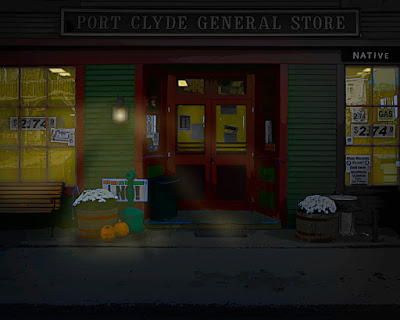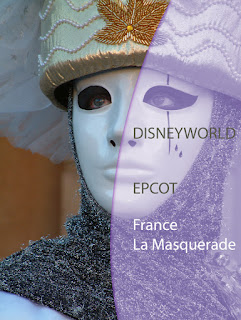 How many times have you talked to a fellow shooter and heard him/her say they needed to bring a shot into Adobe Photoshop CS5 from Adobe Photoshop Lightroom 3 to add detail. I typically try to bite my tongue and not ask "why?". As long as you have a "straight" shot it isn't really necessary to go to CS5 (or any CS for that matter). Today's image isn't quite a "straight shot". I wanted to make it look more like an old picture found in a shoebox in the back of the closet. While I was at the train station where today's shot was taken and saw a railroad tie laying all by itself. I shot it just for the texture and tossed a faded copy on the car shot. That's the only thing done is PS. Everything else is Lightroom. The basic "tone" of the image is just one of the presets that comes with LR3. It tinted the image and faded the edges. The card, at that point, was pretty black and lacked a lot of detail. To find out how more detail was brought out, hit the "read more".
How many times have you talked to a fellow shooter and heard him/her say they needed to bring a shot into Adobe Photoshop CS5 from Adobe Photoshop Lightroom 3 to add detail. I typically try to bite my tongue and not ask "why?". As long as you have a "straight" shot it isn't really necessary to go to CS5 (or any CS for that matter). Today's image isn't quite a "straight shot". I wanted to make it look more like an old picture found in a shoebox in the back of the closet. While I was at the train station where today's shot was taken and saw a railroad tie laying all by itself. I shot it just for the texture and tossed a faded copy on the car shot. That's the only thing done is PS. Everything else is Lightroom. The basic "tone" of the image is just one of the presets that comes with LR3. It tinted the image and faded the edges. The card, at that point, was pretty black and lacked a lot of detail. To find out how more detail was brought out, hit the "read more".
Read more!













